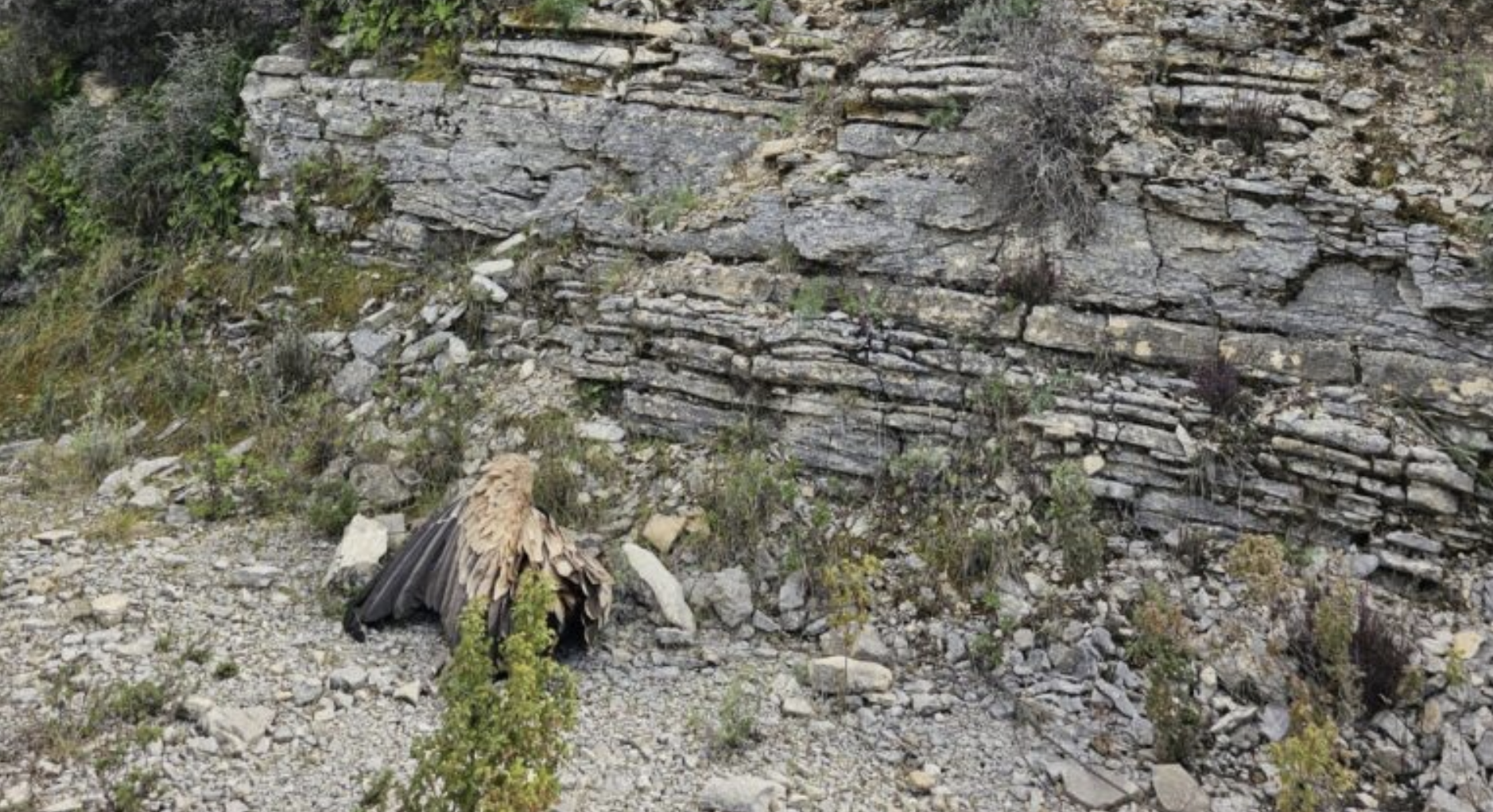The griffon vultures – mostly juveniles – are all birds that entered rehabilitation centers in Extremadura (Spain), after having been founded wounded or exhausted during their dispersion phase (autumn). The vultures are now being transported by van across Europe, in a 4,000 km, three-day odyssey that will see them go through France, Italy, Slovenia, Hungary and Romania before arriving in Bulgaria.
Upon arrival, they will go through a quarantine period, and will then be distributed among the release aviaries in four protected areas (Vratchansky Balkan Nature Park, Sinite Kamani Nature Park, Central Balkan National Park and the Kotel Strict Reserve) in the Stara Planina mountains, to acclimatize before being released next Spring. Each of the vultures will be marked with an individual colour and metal ring, and matching wing-tags, to enable their further tracking in the wild.
So far, 200 griffon vultures, mostly from Spain, have already been released in Bulgaria in the last 5 years. The reintroduction programme is led by the Bulgarian NGO Green Balkans, with support and collaboration from the Bulgarian Society for Protection of Birds of Prey (BPPS), the Fund for Wild Fauna and Flora (FWFF-Bulgaria), the Vulture Conservation Foundation (VCF), the Bulgarian Ministry for Environment and Waters. The project has received funding from the EU LIFE+ fund, as well as from the Frankfurt Zoological Society (FZS), and the German Federal Environmental Foundation (DBU).
It aims to restore the population of this species in the Bulgarian Balkan range, linking this population with colonies in Serbia, Croatia and southern Bulgaria/Greece. Apart from reintroduction, the project also includes action to reduce the threat of poisoning, provisioning of food through supplementary feeding sites, and monitoring.
So far at least 5 pairs attempted to breed in the Stara Planina mountains in the last 2 years, a promising sign this reintroduction may be successful. Most of the 200 griffons released were juveniles, and they only start to when they reach four years.



